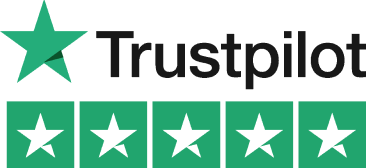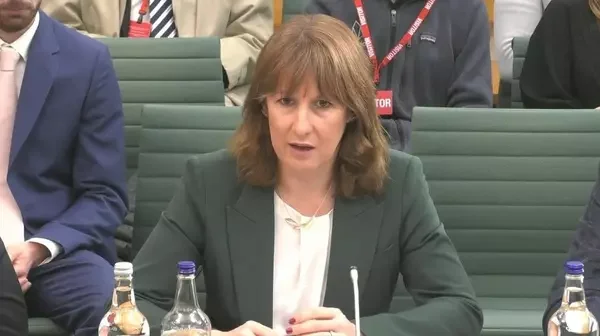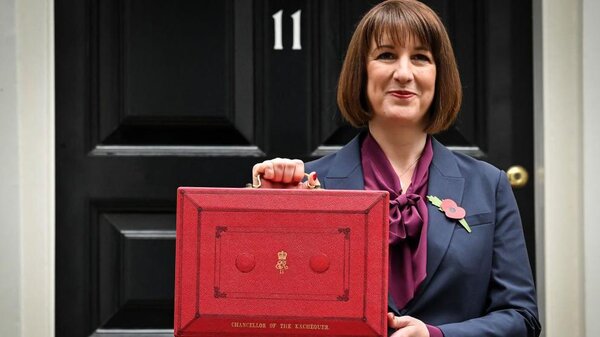To the point
Understand Seed Enterprise Investment Scheme (SEIS) CGT relief benefits for startup investors how this valuable tax incentive reduces your capital gains when investing in early-stage companies.
Looking to track your SEIS investments and calculate potential tax benefits? Pie tax, the UK’s first personal tax app, makes it simple. Or if you’re just here to get to grips with it all, let’s break it down!
What is SEIS Capital Gains Tax Relief?
SEIS CGT relief is one of the UK’s most generous tax incentives for early-stage investors. It’s designed to encourage investment in small, higher-risk companies by offering significant tax advantages related to capital gains tax (CGT).
SEIS is a UK government initiative and part of a wider set of venture capital schemes, including the Enterprise Investment Scheme (EIS), designed to encourage investment in startups and support the UK’s entrepreneurial ecosystem. The relief comes in two main forms of SEIS tax relief. First, you can claim 50% CGT exemption on existing gains that you reinvest into SEIS-qualifying companies.
Second, any gains you make from selling SEIS shares after holding them for at least 3 years are completely free from capital gains tax, providing a capital gains tax exemption (tax exemption) for qualifying investors. These benefits apply to investments up to £100,000 per tax year. This means you can potentially save thousands in tax depending on your circumstances.
The beauty of SEIS CGT relief is that it works alongside SEIS income tax relief. This offers an additional 50% reduction on your income tax bill based on your investment amount.

How SEIS CGT Relief Works for Startup Investors
When you invest in an SEIS-qualified startup, you’re immediately eligible for potential capital gains tax benefits. These can significantly boost your returns.
Let’s say you’ve sold some shares and made a £20,000 gain. Normally, you’d pay capital gains tax on this amount. If you don’t reinvest, you would have to pay capital gains tax on the full amount.
But if you reinvest that money into SEIS shares, you can claim reinvestment relief and will only pay capital gains tax on half the gain. This could save you up to £2,800 in tax at the higher 28% CGT rate. Even better, when you eventually sell your SEIS shares after the three-year holding period, any profit is completely tax-free. This can make a massive difference to your overall return.
The claiming process is straightforward. You’ll need to claim relief, claim reinvestment relief, claim tax relief, and claim income tax relief for qualifying investments by completing the relevant sections of your Self Assessment tax return and having your SEIS3 certificate as evidence. The SEIS3 certificate includes a unique investment reference number, which verifies your investment for HMRC. Timing matters. The reinvestment relief applies to gains made in the same tax year as your SEIS investment, or you can carry it back to the previous year. If your claim is successful, you may receive a tax refund from HMRC.
Who Qualifies for SEIS Tax Benefits?
To benefit from SEIS CGT relief, you need to be a UK taxpayer making cash investments in qualifying SEIS eligible companies. The shares must be new ordinary shares paid for in full.
You can’t be “connected” to the company. This means you generally can’t be an employee (though directors can sometimes qualify). You also can’t hold more than 30% of the shares or voting rights. The SEIS eligible company itself must meet strict criteria too.
It needs to be UK-based, under two years old, and SEIS is specifically designed to support very early stage companies. The company's gross assets must be below £200,000 before the investment, and the company's assets must not exceed this threshold. Shares must not carry specific rights to the company's assets, as this may disqualify eligibility.
The company must also have fewer than 25 employees and be conducting a qualifying trade note that property development is excluded from SEIS eligibility. Knowledge intensive companies may be eligible for enhanced investment limits under certain schemes.
A detailed business plan is often required to demonstrate the company's viability and support the SEIS application. Before seeking investment, companies should secure an advance assurance letter from HMRC to confirm eligibility and provide confidence to potential investors. Your investment has to be genuinely at risk. Arrangements designed to provide a guaranteed exit or protected return won’t qualify for relief.

Common Pitfalls When Claiming SEIS CGT Relief
The three year holding period is crucial. Sell too early and you’ll lose the CGT exemption on your SEIS gains. I once advised a client who sold shares after just 30 months, thinking “about three years” was sufficient. He was devastated to learn he’d lost over £8,000 in tax benefits.
Be careful about becoming “connected” with the company after investing. If you start working for the business or increase your shareholding above 30%, you could invalidate your relief. Timing your claim correctly is essential. For reinvestment relief, you need to make your SEIS investment in the same tax year as the gain.
You can carry it back to the previous tax year, but you must claim within the specified timeframes. Some investors mistakenly think any small company qualifies. The reality is that the company must have received SEIS advance assurance from HMRC. It must continue to meet the qualifying criteria throughout the holding period.
Watch out for the “risk to capital” condition too. HMRC will deny relief if they believe your investment was structured to avoid risk rather than to grow a genuine business. If the company fails such as going bankrupt or being liquidated you may be able to claim SEIS loss relief, which can help offset your tax liability, but you risk losing your entire investment.
It’s vital to comply with all relevant tax regulations. Failing to follow the rules can result in increased tax liabilities and the loss of valuable reliefs, ultimately raising your overall tax liability. If you invest through an approved SEIS fund, the fund manager will receive compliance certificates (such as EIS3s) on your behalf and issue the necessary forms (like EIS5) for you to claim tax relief.
Combining SEIS CGT Relief with Other Tax Benefits
Smart investors use SEIS CGT relief as part of a broader tax strategy. The 50% income tax relief means you could effectively get back half your investment immediately, and SEIS also offers the possibility of a tax exemption on capital gains and even a tax refund from HMRC if your tax liability is reduced below what you have already paid.
If your SEIS shares eventually perform poorly, you can claim SEIS loss relief referred to as SEIS relief by claiming against either income tax or capital gains tax. You can claim SEIS loss relief if the company is dissolved or the shares become worthless, and this process can be incorporated into your self-assessment tax return.
By timing investments across tax years, you can maximise your annual £100,000 SEIS allowance and also take advantage of deferral relief for capital gains, potentially saving tens of thousands in tax over several years. Certain reliefs, such as income tax relief and capital gains tax relief, can sometimes be claimed on the same investment if all conditions are met.

Final Thoughts
SEIS CGT relief represents one of the most powerful tax incentives available to UK investors. When used wisely, it can significantly enhance your returns while supporting innovative early stage businesses.
The combination of upfront reinvestment relief and long-term capital gains exemption makes SEIS particularly attractive. It works well for investors with existing gains to shelter.
Always seek professional advice for your specific situation. The rules can be complex and mistakes can be costly.
The benefits are worth the effort to understand them properly. With careful planning, SEIS can be a valuable component of your investment strategy.
Pie tax: Simplifying SEIS Investment Tax
Tracking your SEIS investments and calculating potential tax reliefs shouldn't require a spreadsheet degree. Pie tax, the UK's first personal tax app, makes monitoring your startup portfolio straightforward.
Our app automatically calculates your SEIS CGT relief based on your investment dates and amounts. It shows you exactly when your three-year holding periods end for maximum tax efficiency.
We provide clear visualisations of how your SEIS investments affect your overall tax position. This integrates with your employment income, dividends, and other capital gains.
Pie tax offers timely reminders for claiming periods so you never miss out on available reliefs. You'll receive personalised guidance based on your specific investment portfolio.
Explore the Pie tax app if you'd like to see how it works.











